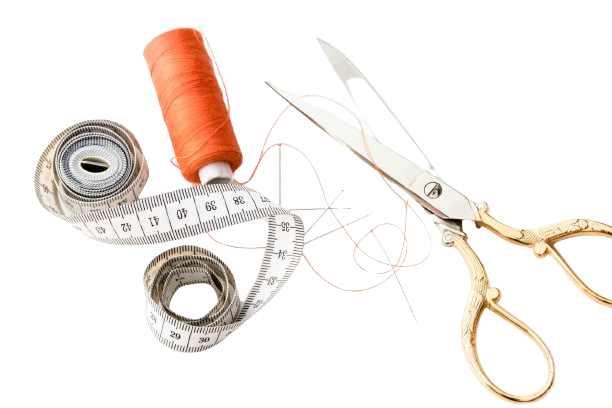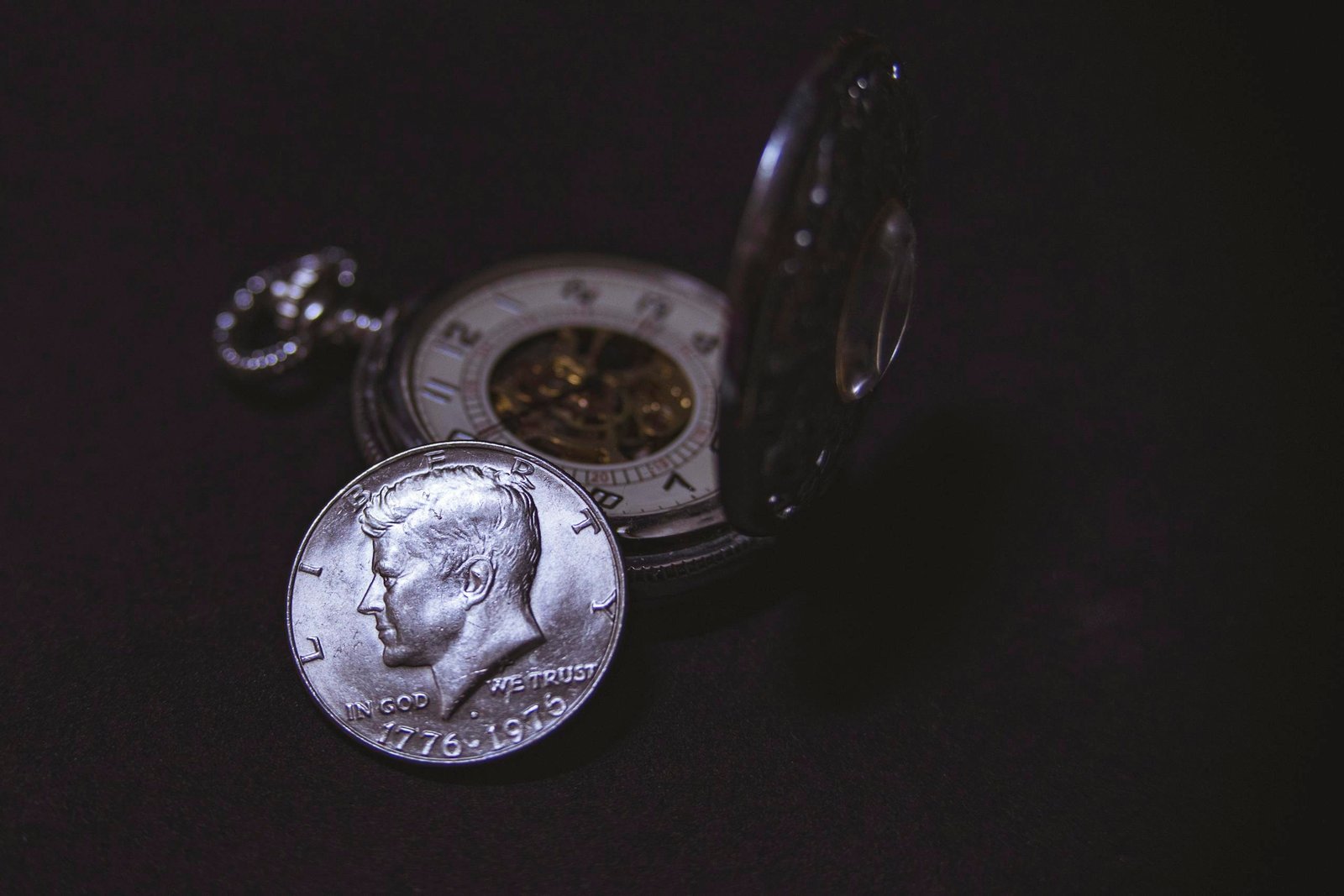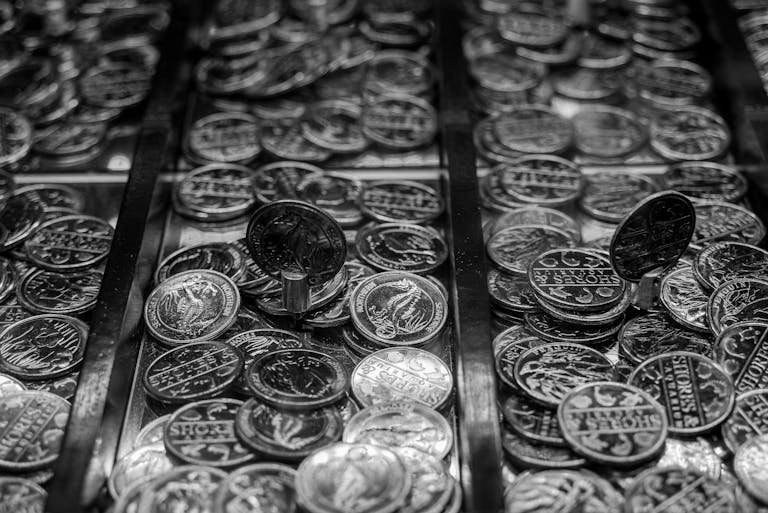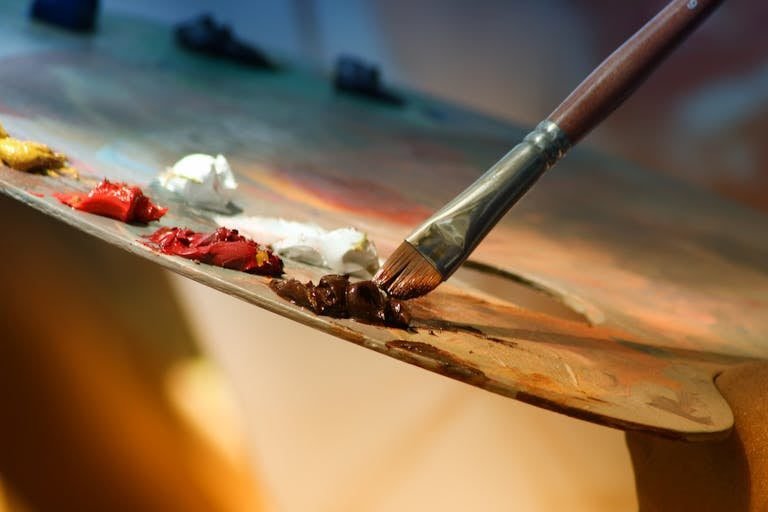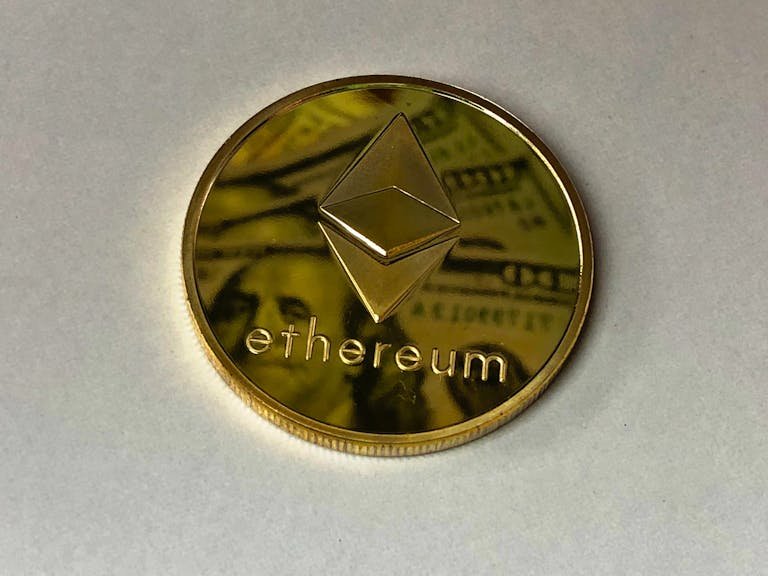Double Die Coin: Rare Treasure or Common Error?
Money in the form of coins has existed for a long time perhaps before history was recorded. There are many peculiarities of coins and numerous types of coins which can become a subject of interest for collectors and enthusiasts. Still, one of the most appealing and extraordinary types of coins is the double-die coin. Moreover, these pieces do not only possess some monetary worth but also a history framed as to how they were made. In this article, we will delve into What Is A Double Die Coin? , exploring their origins, how they are produced, how one may identify any one of them, how much they are worth, and why they are so sought after by philatelists.
What is a Double Die Coin?
A double-die coin is a coin with duplicated design elements. This occurs when there’s an error during the coin-making process, specifically when the die (the metal stamp used to create the coin’s design) is not properly manufactured. The misalignment can be minor or significant and some double-die coins are considered more valuable because of this defect.
The History of Double Die Coins
Double die errors are a phenomenon that has occurred as long as coins were minted. Nonetheless, the awareness and systematic collection of these coins started late in the 20th century. The best-known example of this dates back to 1955, the Lincoln Center, which brought widespread attention to this type of minting error.
The Minting Process and Double Die Creation
To understand how double-die coins are created, it’s essential first to grasp the basics of the coin minting process. Contemporary coins are usually made through minting which involves the use of dies on blank pieces of metal known as coin planchets.
- Design Creation: The process starts with the formulation of a specific design on a particular coin. Designers and engravers make sketches of the projected designs on the surface of the coin.
- Die Production: The design is then engraved onto dies. These are hardened steel tools on which the design of the coin is cut in a negative or engraved manner.
- Planchet Preparation: The blank planchets are manufactured from metal strips and scaled to the correct dimensions and standard weights.
- Striking: The dies are then utilized to impart a great impact on the planchets, imprinting the design on the blank circular discs and making them into finished coins.
What is a Die?
A die is a hardened steel tool used in the minting process with a view of transferring the design to the surface of the coin. There are typically two dies used for each coin: the obverse die, for the front of the coin, and the second die or the reverse die for the back of the coin. These are crucial tools in the manufacturing of coins and require intricate engravings to portray the correct design of the coin.
How Double Dies Occur
Double dies are possible as a result of the misorientation during the fabrication of the die. Namely, this is possible when the hub – an instrument used to produce the die – creates a pattern on the die’s surface more than once yet at different angles. It results in the formation of a double image on the die which in turn is impressed on the coin during the striking.
Types of Double Die Coins
Classifications of Double Dies
Generally, double-die coins can be grouped into several categories depending on the nature and location of the doubling that is visible on the coin. The most common classifications include:
- Class I: Rotated Hub Doubling: This occurs when the die is impressed twice with a rotation between the impressions, causing a rotated doubled image.
- Class II: Distorted Hub Doubling: In this case, the die is impressed twice with a misalignment in such a way that one of the impressions is distorted.
- Class III: Design Hub Doubling: This occurs when different hub designs are used, resulting in a doubled image.
- Class IV: Offset Hub Doubling: This type involves a lateral shift between the impressions, causing an offset doubled image.
- Class V: Pivoted Hub Doubling: This occurs when the hub is pivoted around a point during the second impression, resulting in a pivoted doubled image.
- Class VI: Distended Hub Doubling: This happens when the hub expands between impressions, causing a spread-out doubled image.
- Class VII: Modified Hub Doubling: This occurs when a hub is modified between impressions, leading to a modified doubled image.
- Class VIII: Tilted Hub Doubling: This occurs when the hub is tilted during one of the impressions, causing a tilted doubled image.
Prominent Examples of Double Die Coins
Several double-die coins have gained notoriety and are highly valued by collectors. Some of the most famous examples include:
- 1955 Lincoln Cent (Doubled Die Obverse): Another of the more well-known double die coins with incredibly heavy or almost comical doubling of the date and lettering.
- 1969-S Lincoln Cent (Doubled Die Obverse): Another sought-after example with increased frequency of the date and inscriptions’ repetition.
- 1972 Lincoln Cent (Doubled Die Obverse): Known for its excellent doubling of the inscriptions, and of the date.
- 1970-S Kennedy Half Dollar (Doubled Die Obverse): Features doubling on the date and some lettering.
- 1995 Lincoln Cent (Doubled Die Obverse): An example of greater doubling which is, however, noticeable on the inscriptions is from a comparatively later period.
Factors Influencing on Value of Double Die Coins
The value of double-die coins is influenced by several factors:
- Rarity: Another factor that determines the value of a particular coin is its scarcity or rarity. In a general sense, a coin can be worth more just because there are fewer specimens known to exist.
- Condition: That is why the condition of the coin and its grade can make a significant difference in its price. Finer and less worn and circulated coins are more desired.
- Demand: The demand level of collectors may as well be another factor influencing the value. Collectible coins will also fetch higher prices depending on their popularity among collectors.
- Historical Significance: Coins that have a history as to how they were made or the time period in which they were made may also have extra worth.
Read Also: Elevate Your Soap Game: Stunning Packaging
Final Words
Money in the form of coins has been in existence for a long time perhaps before history was recorded. There are many peculiarities of coins and numerous types of coins which can become a subject of interest for collectors and enthusiasts. Still, one of the most appealing and extraordinary types of coins is the double-die coin. Moreover, these pieces do not only possess some monetary worth but also a history framed as to how they were made. In this article, to answer the question – What Is A Double Die Coin? Their history is described, how they are produced, how one may identify any one of them, how much they are worth, and why they are so sought after by philatelists.
